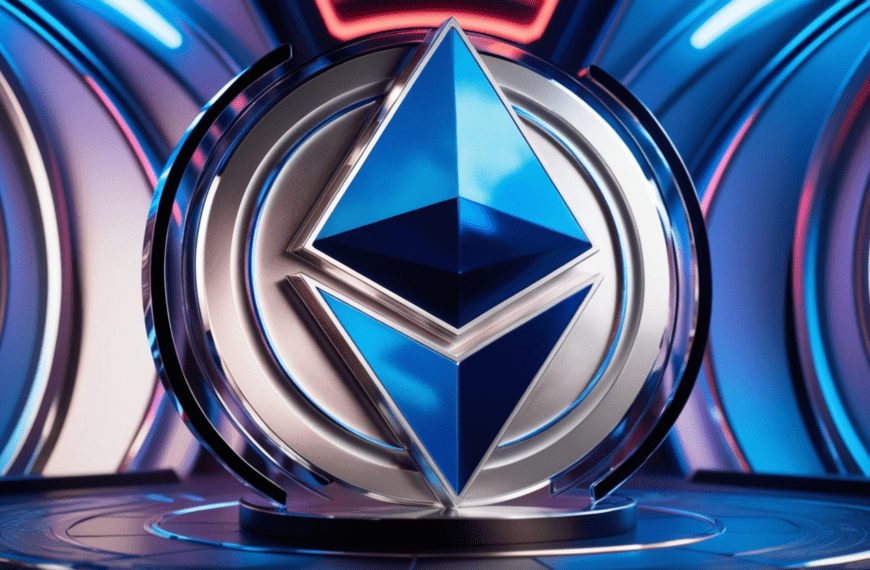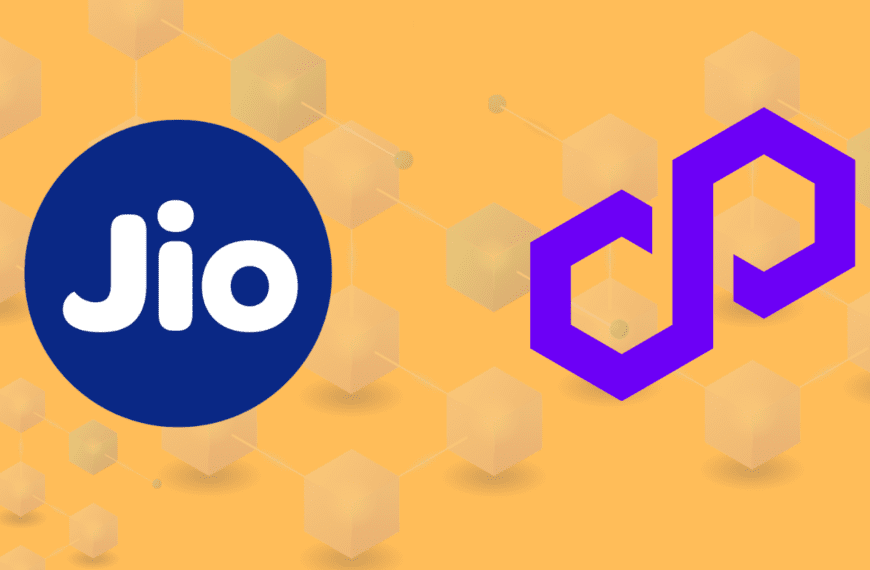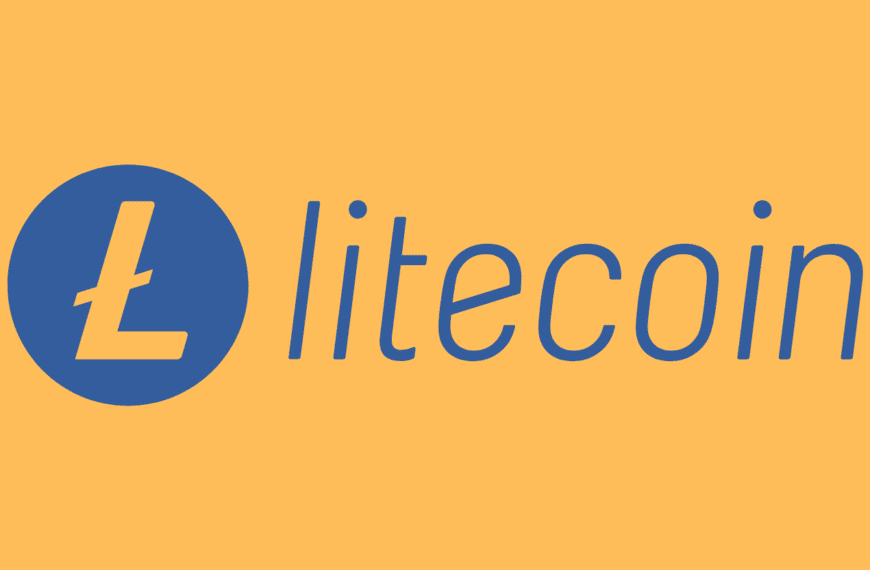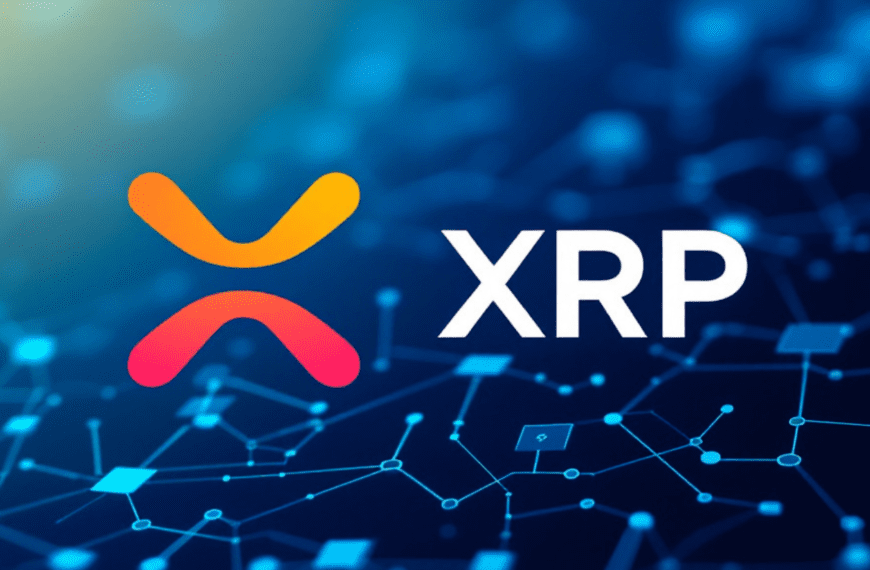What is Proof of Work (PoW)?
Proof of Work (PoW) is a consensus mechanism used in blockchain networks, most notably Bitcoin, to ensure security, validate transactions, and maintain the integrity of the decentralized system. It achieves this by requiring participants (miners) to solve complex computational problems before adding a new block of transactions to the blockchain.

Key Concepts of Proof of Work:
-
Computational Challenge:
- Miners compete to solve a mathematical puzzle.
- The problem involves finding a specific number, called a nonce, that, when combined with the block’s data and passed through a cryptographic hash function (e.g., SHA-256 in Bitcoin), produces a hash with specific properties (e.g., a certain number of leading zeros).
-
Difficulty Adjustment:
- The network adjusts the difficulty of the puzzle based on how quickly blocks are being mined.
- In Bitcoin, the difficulty adjusts every 2016 blocks (approximately every two weeks) to ensure blocks are added roughly every 10 minutes.
-
Mining Process:
- Miners use computational power to guess the nonce.
- Once a miner finds a valid nonce, they broadcast the solution and the block to the network.
- Other nodes verify the solution and, if valid, add the block to their copy of the blockchain.
-
Rewards:
- The successful miner earns a block reward, which includes newly created cryptocurrency and transaction fees from the block’s transactions.
-
Security:
- PoW makes it computationally expensive to add a block.
- Altering a block would require re-mining all subsequent blocks, making attacks impractical without controlling a significant portion of the network’s total computational power (at least 51%).
Advantages of Proof of Work:
- Security: PoW provides strong resistance against attacks due to the immense computational effort required.
- Decentralization: Anyone with the necessary hardware can participate in mining, fostering decentralization.
Disadvantages of Proof of Work:
-
Energy Consumption:
- PoW requires substantial computational power, leading to high energy usage.
-
Centralization Risks:
- Specialized hardware (ASICs) has made mining more efficient but concentrated mining power among large mining pools.
-
Scalability:
- PoW networks can process only a limited number of transactions per second due to block size and block interval constraints.
https://news.coincap7.com/how-does-bitcoin-work-and-what-are-the-use-cases/
https://blockworks.co/news/what-is-proof-of-work
Alternative Consensus Mechanisms:
- Proof of Stake (PoS) and others (e.g., Delegated PoS, Proof of Authority) have been developed to address PoW’s energy and scalability issues.
Despite its drawbacks, Proof of Work remains a foundational concept in blockchain technology, especially for ensuring the trustless and secure operation of decentralized systems like Bitcoin.














